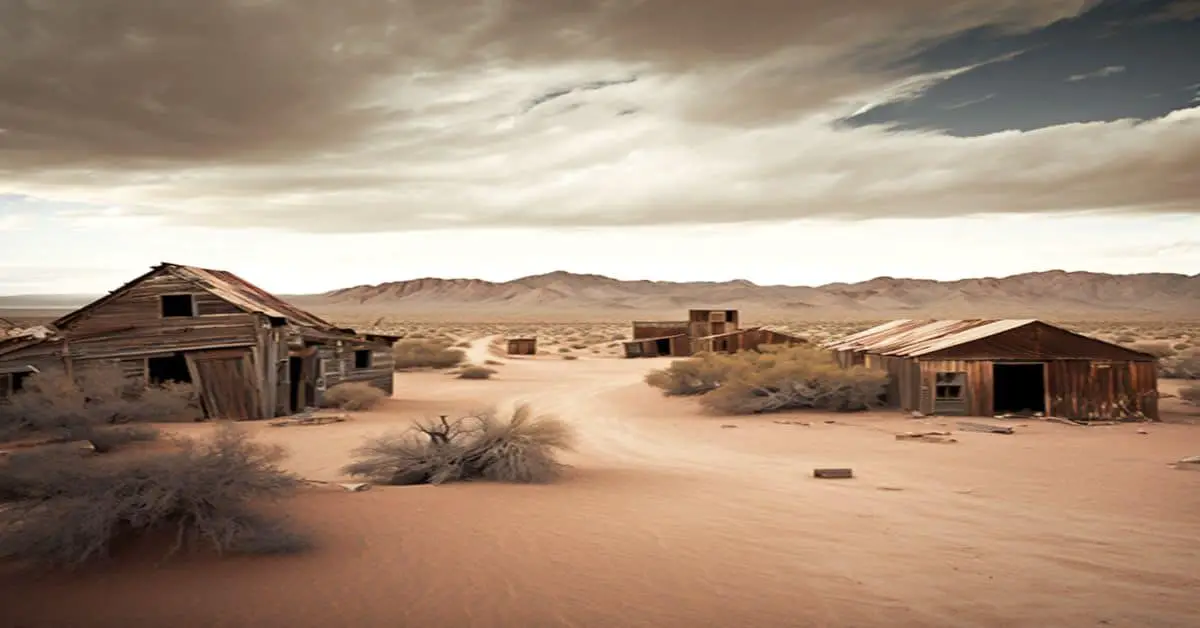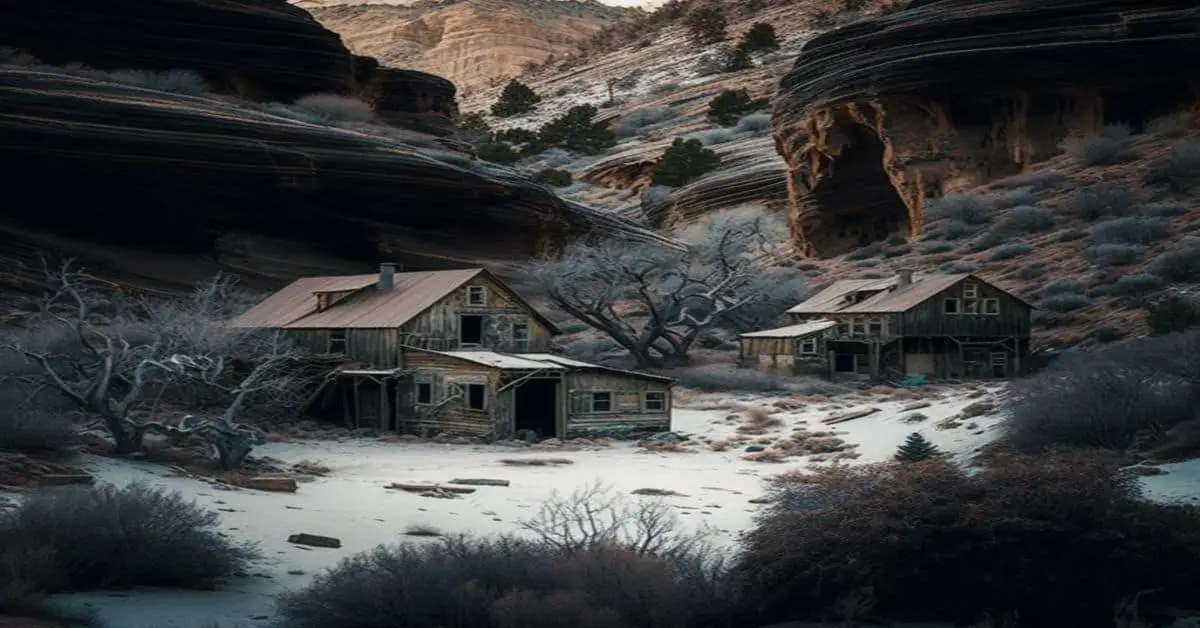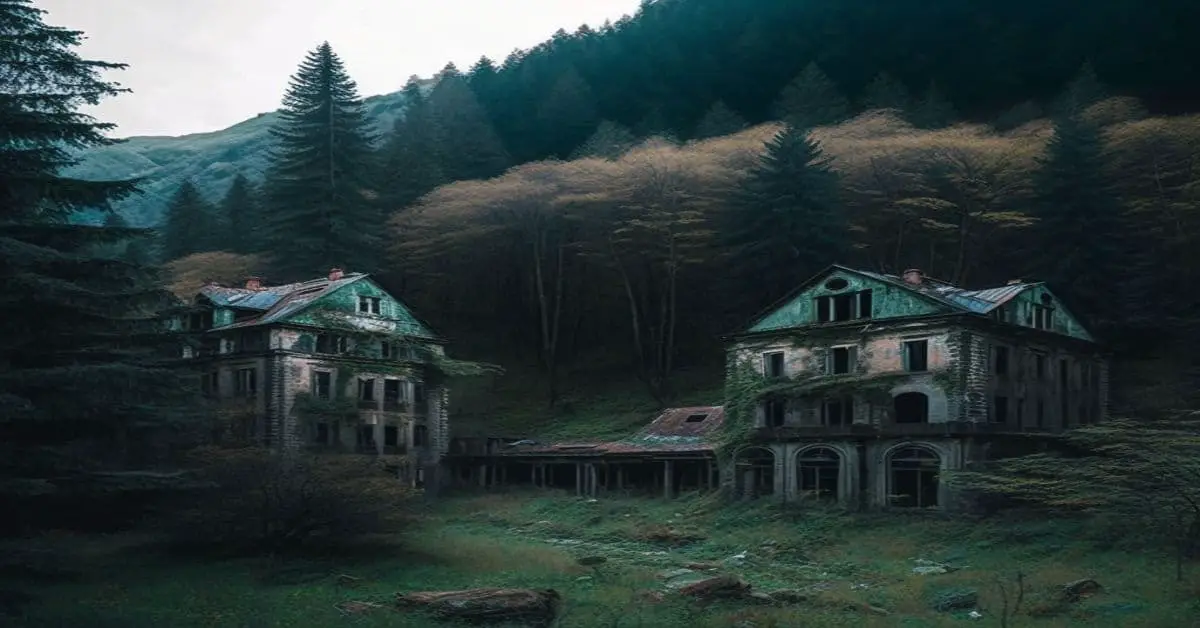Nestled in the heart of California, the semi-ghost town of Vallecito stands as a testament to the state’s rich history. Vallecito offers a stark contrast to the bustling metropolises of modern-day California with its preserved buildings and landmarks dating back to the Gold Rush era. As visitors wander through the town’s streets, they are transported to a time when the promise of gold drove individuals to seek their fortunes in the rugged terrain of the Sierra Nevada Mountains.
Vallecito’s history is deeply intertwined with the California Gold Rush. Originally named Murphy’s Diggings, the town played a minor role in the gold rush, with a significant vein not being discovered until 1852. Despite this, the town’s location along the main road between Stockton and Sonora made it an important stop for travelers and traders.
Today, Vallecito remains a popular destination for tourists interested in California’s past, with its preserved buildings and landmarks acting as a window into a bygone era. In this article, we will explore the history of Vallecito, California’s semi-ghost town and uncover the stories of the individuals who shaped its past.
Key Takeaways
- Vallecito was originally named Murphy’s Diggings and played a role in the California Gold Rush.
- Mexicans later occupied the site and renamed it Vallecito.
- The town did not experience much further growth and led a quiet existence, making it a semi-ghost town.
- Vallecito’s history is preserved through its original buildings and landmarks, making it a popular destination for tourists interested in California’s history.
Location and Early Settlers
Vallecito, a historic site that played a role in the California Gold Rush, is located just west of Murphys, California and was originally named Murphy’s Diggings after the Murphy brothers who were the first to pan for gold in the area. However, the town’s name was changed to Vallecito after Mexicans occupied the site. The name Vallecito means ‘little valley’ in Spanish.
The town experienced a brief period of excitement in 1852 when a vein was discovered that produced richer returns than stream gravel. Sadly, the town did not experience much further growth and led a quiet existence.
Despite the lack of growth, many original buildings still remain in Vallecito, which offer a glimpse into the town’s past. Also, evidence of Mexican influence can still be seen in the town’s architecture.
Vallecito’s Union Church on the main street is home to the old miner’s bell and town monument. The bell was brought to Vallecito by early day residents and erected in a large oak tree in 1854. It was used to call the town people together. In 1930, severe winds blew the old oak tree down, but the bell is still preserved today.
Role in California Gold Rush
During the California Gold Rush, a vein was discovered in the Murphy’s Diggings area that produced richer returns than stream gravel, leading to a brief period of excitement and a rush of miners to the area. One estimate puts the number of miners in the area at 5,000 in 1852.
This discovery significantly altered the region’s landscape and brought about many new challenges and opportunities.
Gold mining techniques during this period were primitive and often destructive. Miners would use explosives and hydraulic mining techniques to extract the gold from the ground, causing significant environmental damage and displacing the Native American populations in the area.
The impact on the environment and indigenous communities was devastating, as mining operations disrupted ecosystems, polluted water sources, and destroyed habitats. Despite the destructive nature of gold mining, it played a significant role in shaping the history of Vallecito and the surrounding region.
Preservation and Tourism
Preservation efforts and tourism have played a significant role in maintaining Vallecito’s original buildings and landmarks, allowing visitors to experience its rich history. Vallecito’s semi-ghost town status has contributed to the preservation of its historic sites, as the town’s lack of growth has prevented the demolition of its original buildings. Tourism development has also contributed to the upkeep of the town, as visitors are drawn to Vallecito’s historical significance.
Historical preservation efforts have ensured that Vallecito’s landmarks remain intact. The old miner’s bell and town monument in front of the Union Church on the main street is a prime example of such preservation efforts. The bell, originally erected in a large oak tree in 1854, was used to call the town people together. Although the oak tree was destroyed in 1930, the bell was preserved and placed in a new location.
Preserving original buildings and landmarks in Vallecito is essential to maintaining the town’s rich history and attracting visitors interested in the California Gold Rush.
Frequently Asked Questions
What is the current population of Vallecito?
The current population of Vallecito is not provided in the given context. However, it is important to note that Vallecito is considered a semi-ghost town due to its small population and lack of growth. Demographics, economy, culture, tourism, development plans, real estate market, community engagement, infrastructure upgrades, and environmental issues are not mentioned in relation to Vallecito’s current population.
What types of businesses or services are available in Vallecito today?
Vallecito Services are limited due to its status as a semi-ghost town. However, modern amenities such as gas stations, restaurants, and lodging can be found in nearby Murphys. Vallecito’s main draw for tourists is its historical significance and preserved landmarks.
Are there any annual events or festivals held in Vallecito?
Vallecito hosts various annual events, festivals, and community gatherings that showcase the town’s cultural significance. These events, such as the Grape Stomp and Gold Rush Day, celebrate the town’s history and attract visitors interested in California’s past.
What is the climate like in Vallecito?
Vallecito experiences a Mediterranean climate with hot summers and mild winters. The town’s small size limits its environmental impact, with little industry or development.
Are there any notable residents or historical figures associated with Vallecito?
Vallecito does not have any notable residents or historical figures associated with it. However, the town’s history is preserved through its original buildings and landmarks, which played a role in the California Gold Rush.


